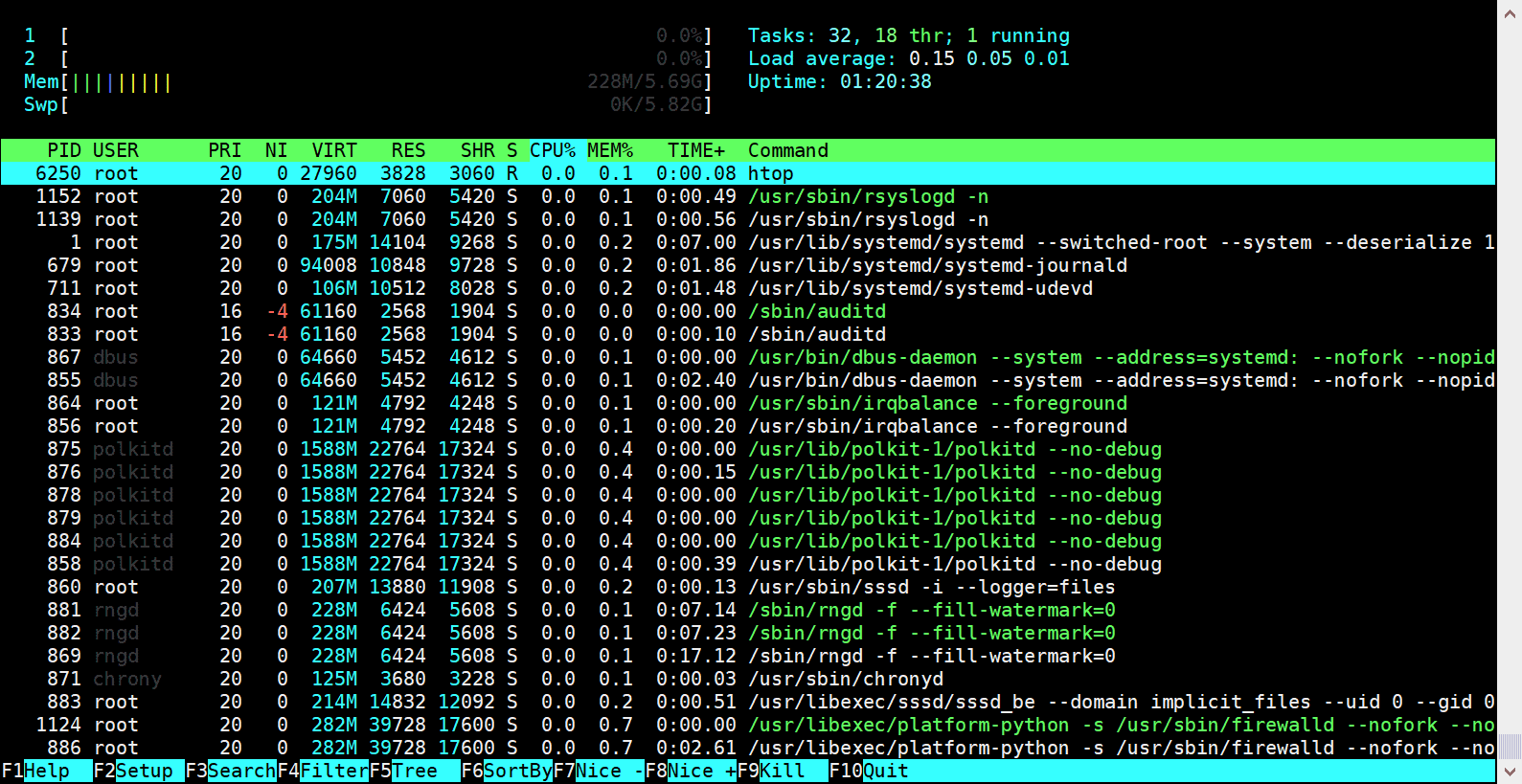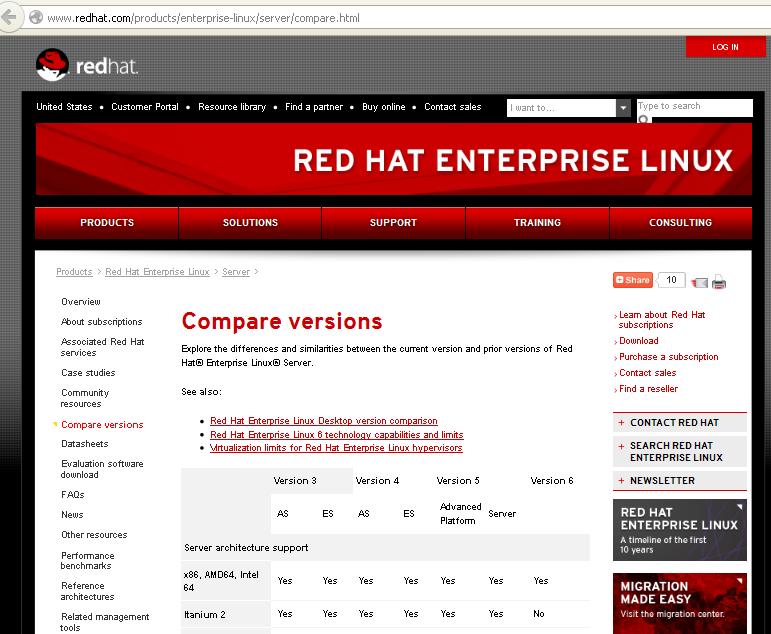

To set the delay time (in seconds before starting the command) : htop -d 
Once you have installed EPEL repo, you can then install htop using yum. An impressive setup - htop running on a machine with 128 cores and 1TB of RAM.Tree view, SMP, and other features available.Configuring/monitoring using CPU affinity.
 ‘top’ is older, hence, more used and tested. ‘htop’ supports mouse operation, ‘top’ doesn’t. In ‘htop’ you don’t need to type the process number or the priority value to renice a process, in ‘top’ you do. In ‘htop’ you don’t need to type the process number to kill a process, in ‘top’ you do. ‘htop’ starts faster (‘top’ seems to collect data for a while before displaying anything). In ‘top’ you are subject to a delay for each unassigned key you press (especially annoying when multi-key escape sequences are triggered by accident). In ‘htop’ you can scroll the list vertically and horizontally to see all processes and complete command lines. Compared to top, it provides a more convenient, cursor-controlled interface for killing processes. when trying to find minor memory leaks in applications. Various Htop features over the standard top command. Htop uses color and gives visual information about processor, swap and memory status Htop provides a full list of processes running, instead of the top resource-consuming processes. Basically ,htop was written to replace the standard top tool in unix/linux operating system. Is a very interactive tui based tool written in C program(using the curses library) by Hisham Muhammad with a group of code contributors.
‘top’ is older, hence, more used and tested. ‘htop’ supports mouse operation, ‘top’ doesn’t. In ‘htop’ you don’t need to type the process number or the priority value to renice a process, in ‘top’ you do. In ‘htop’ you don’t need to type the process number to kill a process, in ‘top’ you do. ‘htop’ starts faster (‘top’ seems to collect data for a while before displaying anything). In ‘top’ you are subject to a delay for each unassigned key you press (especially annoying when multi-key escape sequences are triggered by accident). In ‘htop’ you can scroll the list vertically and horizontally to see all processes and complete command lines. Compared to top, it provides a more convenient, cursor-controlled interface for killing processes. when trying to find minor memory leaks in applications. Various Htop features over the standard top command. Htop uses color and gives visual information about processor, swap and memory status Htop provides a full list of processes running, instead of the top resource-consuming processes. Basically ,htop was written to replace the standard top tool in unix/linux operating system. Is a very interactive tui based tool written in C program(using the curses library) by Hisham Muhammad with a group of code contributors.







 0 kommentar(er)
0 kommentar(er)
